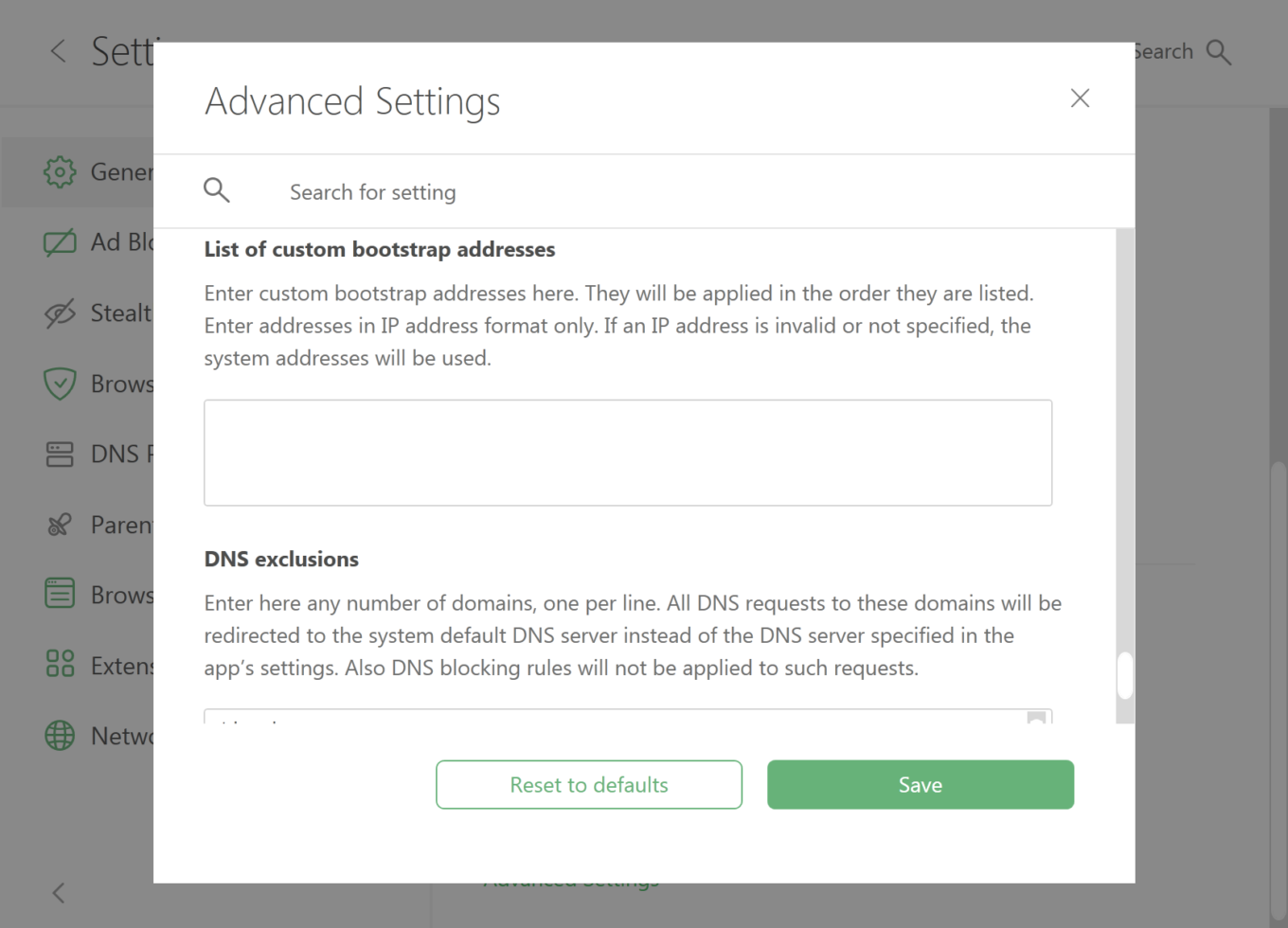AdGuard v7.9 for Windows: DNS bootstrap and improved performance
One beta version and two release candidates led us to this announcement. We are ready now. Aren't we good at creating suspense? Hitchcock would probably approve. So, after those three previous versions of the app, we present AdGuard 7.9 for Windows, the release we've all been waiting for. After some final retouching and bug-fixing it is ready to meet its users. Do read on, and we'll list the major innovations and benefits of this version for you.
Nips and tucks in performance and UI
First and foremost, we have worked hard on improving the performance of the application as well as its user interface. Speaking of performance, we've been getting a handful of reports citing troubles with CPU on devices with AdGuard installed on them. Apparently at some point its usage went from reasonable to slightly liberal. We fixed this bug in the latest release, so never fear, your CPU is safe and unabused.
As for the UI getting a bit of a retouch here and a spot of straightening there,the main point would be the changes in the manual update dialog window — aside from the purely cosmetic angle there is also the Cancel button that was recently added. Hopefully now you'll appreciate interacting with AdGuard for Windows more.
New DNS settings: hold onto your bootstraps
Despite this function being rather for the benefit of advanced-user types, we've improved the advanced DNS settings by adding a bootstrap option. What is a bootstrap at all, you might ask? To put it shortly, it is an intermediate server used to get the IP address of the secure DNS server you previously chose. And you would need such an intermediate while using fancy DNS protocols like DNS-over-TLS, because then the server address would look like words and letters instead of (normally used) numbers — and your system would be at a loss as to how to reach that server. This is where bootstrap comes into play, 'translating' those letters into numbers and giving a destination for the connexion.

If you don't wish to use the system DNS resolver as a bootstrap, you don't have to. Now you can specify IP addresses of the DNS servers that are used to determine the address of the encrypted DNS servers.
What else? We fixed a number of bugs of different severity, including the problem with auto-activation of language filters. As a result, AdGuard's stability is improved now. And of course we couldn't avoid updating CoreLibs and DNSLibs for good measure.
That's all, folks! You will find the complete list of changes in this new version on Github.
We do hope you’ll enjoy the new version of AdGuard for Windows.
As always, any and all feedback is very welcome, be it in the comments section of the blog, via app reports and GitHub issues, or in our social media accounts.



















































